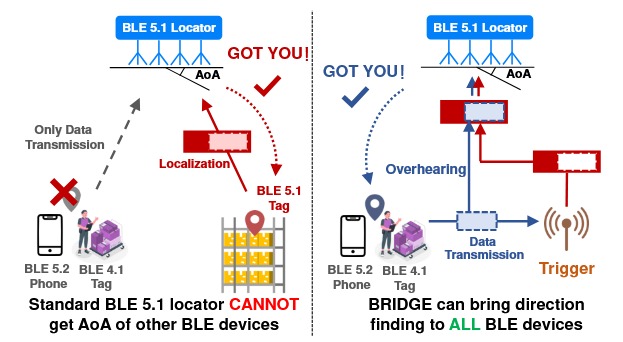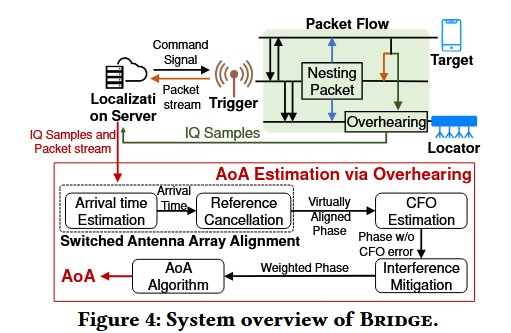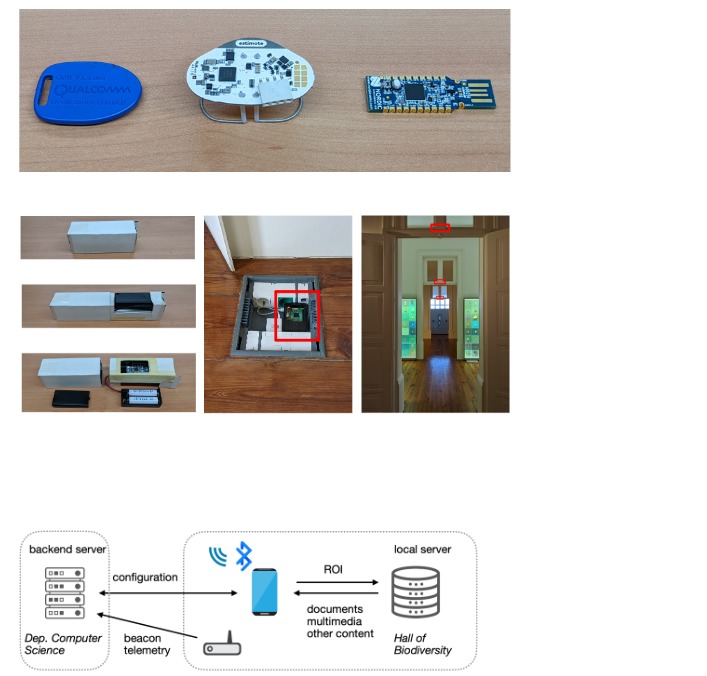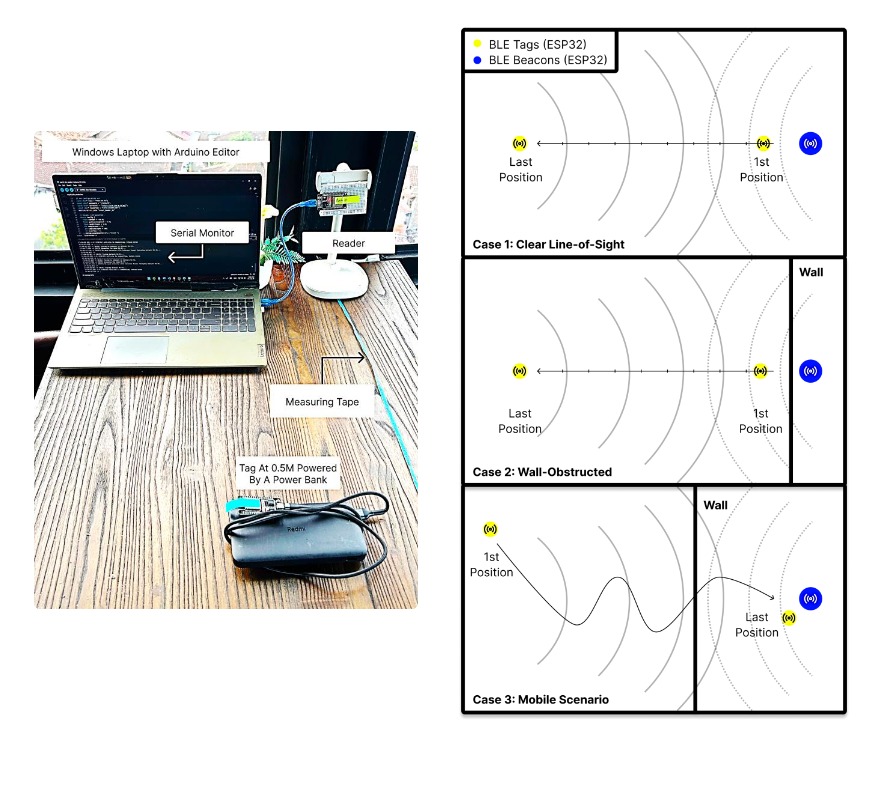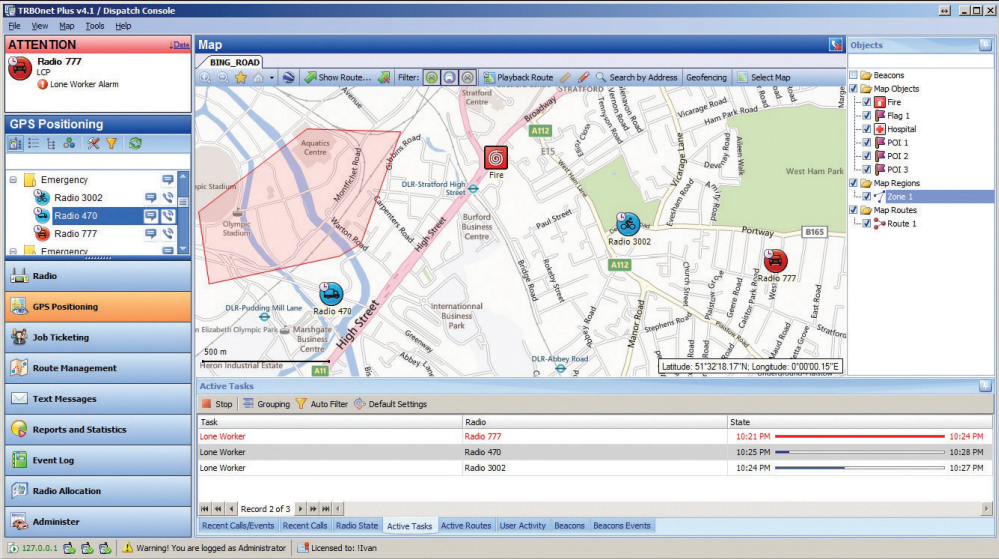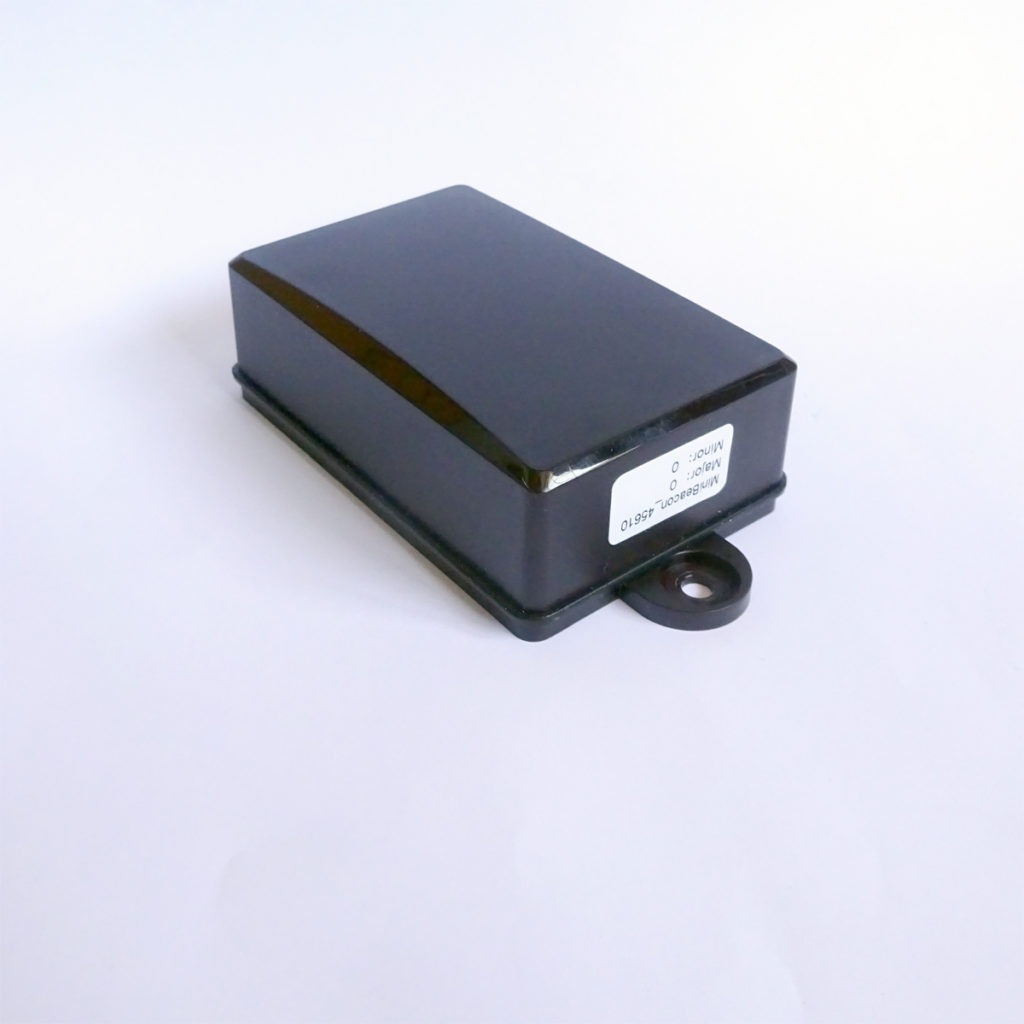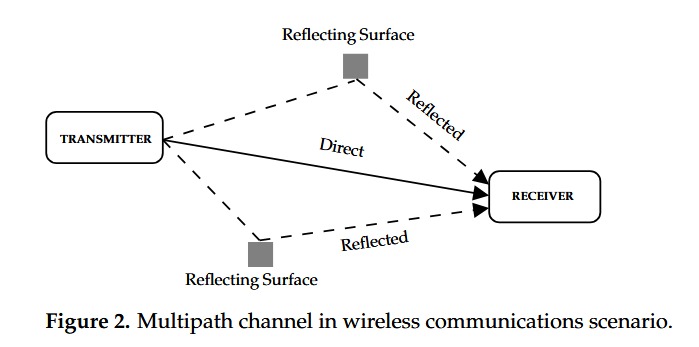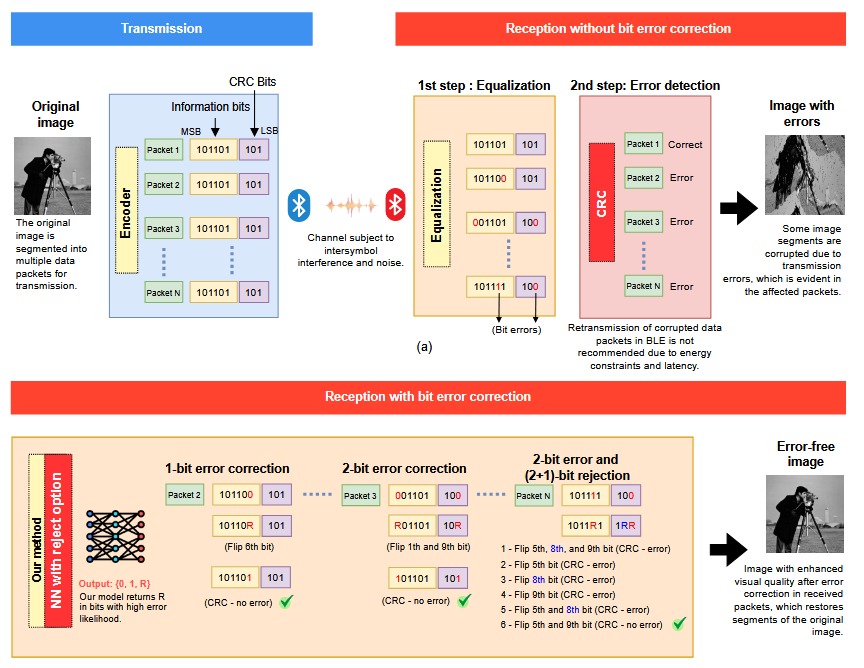The distance that a beacon can transmit is shown in the specification tab for each beacon. This is the maximum range specified by the manufacturer at maximum power under ideal conditions.
Here are some tips if the range is less than expected:
- Make sure the beacon is operating in normal rather than configuration or connectable mode. Some beacons transmit differently or only for a limited time when they are in connectable mode. For example, with AnkhMaway beacons, make sure the mode has been set to ‘On’ either in the configuration app settings or via service/characteristic parameters.
- Make sure the beacon is set to 0dBm transmit power (or higher) rather than a negative value that indicates the beacon is to transmit with reduced power.
- Re-orient the beacon. Most beacons have antennas on the printed circuit board that have differing transmission characteristics depending on their orientation to the observer and whether they are shielded by other components such as the battery. Experiment with different orientations in each of the three dimensions.
- Try a different observing device (phone). Different phones have different receiving characteristics.
- Try at a different place. In rare circumstances, the area might be congested with 2.4GHz interference from other beacons, WiFi or other equipment. The area might have particular radio frequency (RF) blocking or reflective qualities.
- If you can, try a different beacon of the same model to isolate whether it’s a faulty beacon.
The maximum specified range is rarely achieved for any beacon although we have experienced cases where we have found beacons to be better than the specification.
All manufacturers, not just those whose beacons we sell, tend to specify the optimum range, outdoors, with no radio interference. You will experience reduced range indoors where there are radio reflections and obstacles. If you need a long range under all circumstances then we recommend you over-specify the beacon range and perhaps look at beacons with an ultra-long range.
